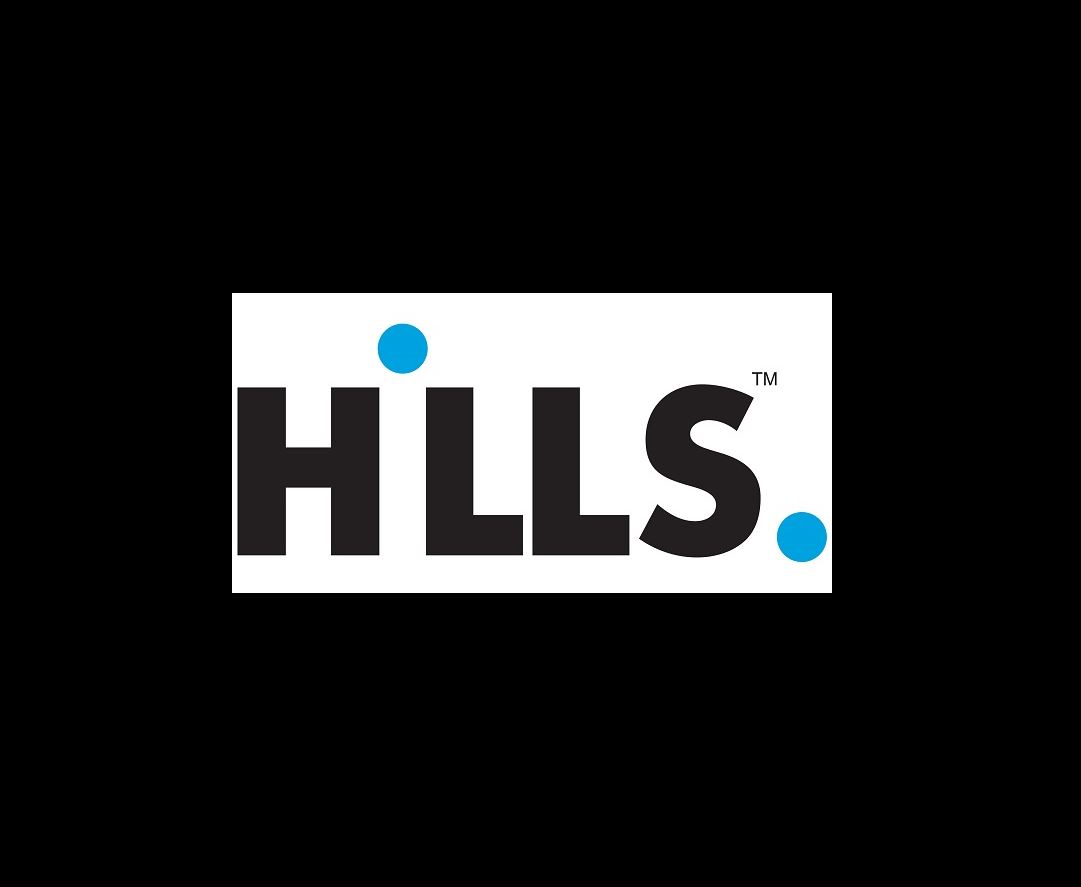Title Page
-
Site conducted
-
Conducted on
-
Prepared by
-
Location
Checklist
Contractor Documents
-
Tender and contract include OHS specifications
-
Contractor completed pre-approval process.
-
Insurances and company licenses confirmed as adequate and in date
Project WHS Documentation
-
Vic: Health and Safety Coordination Plan (HSCP) for project has been prepared and includes the following; names, positions and WHS responsibilities, arrangements for consultation and activity co- ordination / co-operation, incident management processes, site specific rules, how SWMSs are to be collected, assessed and reviewed, Details of how the plan is monitored, maintained, and kept up to date during work.
-
PC ensures all workers are aware of location, content and right to inspect the WHSMP
-
Agreed Issue Resolution Process in place and followed to address any raised concerns
-
Site asbestos management plan in place, to identify and manage asbestos on site, and is reviewed prior to working on potential asbestos containing material onsite
Training
-
Workers hold valid General Construction Induction Training Cards (e.g. White Card)
-
Workers given site specific induction that includes; HSCP & site contacts ,PPE (Personal Protective Equipment), Emergency procedures, Consultative arrangements, SWMS (SAFE WORK METHOD STATEMENT) and Permit to Work, Specific site hazards and controls, Facilities, Safety Rules
-
Workers are adequately authorized and trained to perform work, with relevant records kept (e.g., Copy of licenses, SWMS with sign off) <br>-licenses available e.g., High-risk work licenses <br>-Workers are adequately authorized and trained to perform work, with relevant records kept (e.g., Copy of licenses, SWMS with sign off) <br>- licenses available e.g., High-risk work licenses
Site Security & Public Safety
-
Is site access controlled and secured from unauthorized access.
-
Is restricted access signed. E.g., unauthorized entry signage displayed where appropriate and observed
-
Site sign in locations determined and in use
-
Site signage includes; <br> -PC name and contact number, including after hours <br> -Indicates site office location <br> -Clearly visible from outside workplace
-
Signage notifies public and workers of works, and any cautionary messages required.
-
Is hoarding in place around physical construction works that is; <br>-Secured and only accessible by authorized personnel <br>-Solid and secure <br>-Paneled or dust sheeted to the roof <br>-Appropriately signed
-
All equipment and fixtures are; <br>-Stored in designated and defined work zones <br>-Left in a safe state
-
Are work zones clearly set up; <br>-That are clearly defined <br>-Physical works are being performed within the confines of defined work zones <br>-Enable a staged handover process to occur
-
Is there suitable lighting for works and public access
-
Is an external/internal traffic management plan in place and being correctly adhered to (i.e., bollards in place, segregated areas, or spotters)
Plant & Equipment
-
Are all workers using their own plant, equipment and tools. NB: site equipment not to be used unless authorized
-
Is all plant and equipment in good working condition, adequately guarded and have warnings and instructions displayed
-
Are registration and maintenance records available for all plant and equipment
-
Risk controls are in place for storage of plant when not in use
Contractor Documents
-
Tender and contract include OHS specifications
-
Contractor completed pre-approval process.
-
Insurances and company licenses confirmed as adequate and in date
Project WHS Documentation
-
Vic: Health and Safety Coordination Plan (HSCP) for project has been prepared and includes the following; names, positions and WHS responsibilities, arrangements for consultation and activity co- ordination / co-operation, incident management processes, site specific rules, how SWMSs are to be collected, assessed and reviewed, Details of how the plan is monitored, maintained, and kept up to date during work.
-
PC ensures all workers are aware of location, content and right to inspect the WHSMP
-
Agreed Issue Resolution Process in place and followed to address any raised concerns
-
Site asbestos management plan in place, to identify and manage asbestos on site, and is reviewed prior to working on potential asbestos containing material onsite
Training
-
Workers hold valid General Construction Induction Training Cards (e.g., White Card)
-
Workers given site specific induction that includes; <br>-HSCP & site contacts <br>-PPE <br>-Emergency procedures <br>-Consultative arrangements <br>-SWMS and Permit to Work <br>-Specific site hazards and controls <br>-Facilities <br>-Safety Rules
-
Workers are adequately authorized and trained to perform work, with relevant records kept (e.g., Copy of licenses, SWMS with sign off) <br>- licenses available e.g., High-risk work licenses
Safe Work
-
Are Safe Work Method Statements (SWMSs) available for all works, copies available and clearly identify high risk works.
-
Permit to work system in place, communicated to contracts, and being used.
-
System in place to identify and control hot works.
-
Are workers provided and are wearing appropriate PPE for work performed e.g., Per SWMS, in good working condition.
-
Training given in correct PPE use and maintenance
-
Are controls in place to prevent hazardous noise exposure to all works
-
Have specialist contractors been engaged to remove asbestos as required
Work at height
-
Controls in place to manage risk of falls from height including falling objects <br>- Controls per SWMS <br>- Traffic management <br>- PPE <br>- Fall arrest system
-
Are precautions in place for use of Elevated Work Platforms or Scissor lifts (e.g., Only trained, and authorized personnel, equipment inspected for safe condition and maintenance up to date prior <br>to use, operators wear safety harness when elevated, SWMS for work)
-
Emergency and rescue procedures in place if fall arrest systems are used
-
Are ladders in good condition and used appropriately for the task (e.g., secure, non- conducting for electrical work)
-
Fragile ceilings identified and controls in place.
Emergency Planning
-
Emergency procedures have been developed appropriate for site <br>- Identifies emergency scenarios for project <br>- Evacuation routes <br>- Evacuation locations
-
Workers are aware of emergency procedures and what action to take in the event of an emergency <br>- Posters displayed throughout store <br>- Communicated in induction
-
List of current emergency contact phone numbers (including First Aid) is displayed or easily available to all workers
-
Is there an appropriate number of trained First Aid Attendant’s available
-
- Hazard report form <br>- Non-conformance report form
-
Incidents on site are documented with incident root cause and corrective actions identified
-
Copies of completed incident reports and investigations are available e.g., hard copy or <br>electronic.
-
Are government incident notification requirements known and complied with?
Consultation
-
Toolbox talks are held regularly (i.e., minimum weekly)
-
Onsite handover meetings are conducted with notes / minutes maintained
Task Observation Observe works:
-
Is a JSA (Job Safety Analysis) available for the task? Is it being adhered to? <br>e.g., Are safety controls identified in the selected SWMS in use, for example personal protective equipment and signage <br>When asked, the contractor can identify their tasks, list hazards, and controls.
-
Plant and equipment being used maintained and safe, and within service date?
-
All required permits are available, and controls being used.
-
Are contractors maintaining good housekeeping standards e.g., Doors, exits kept clear, rubbish removed as soon as possible









